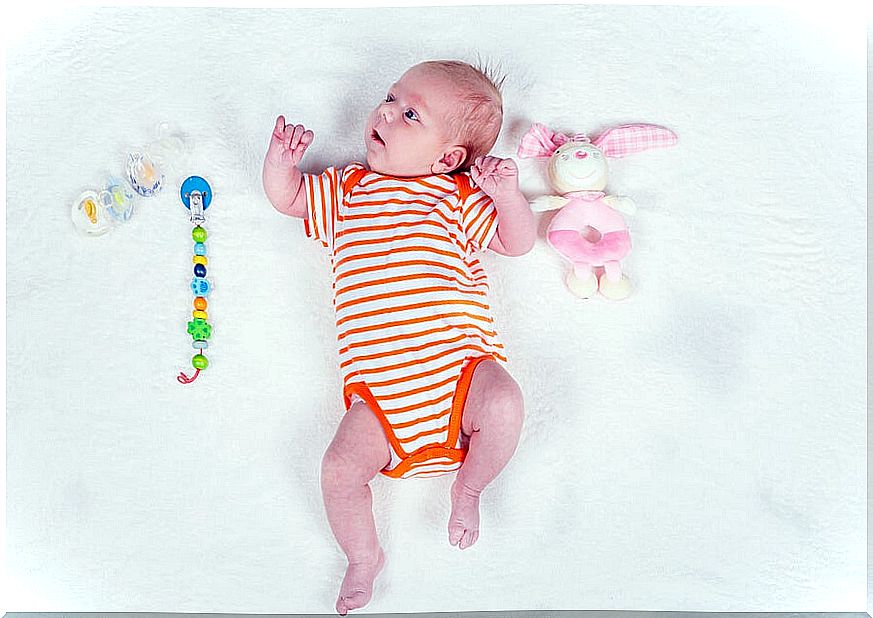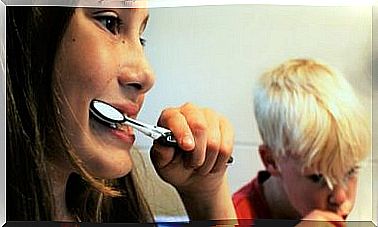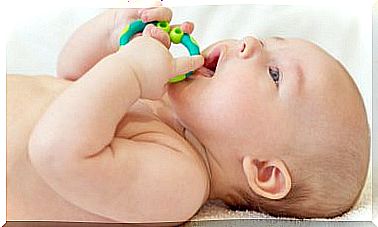Infected Umbilical Cord: Symptoms, Causes And Treatment
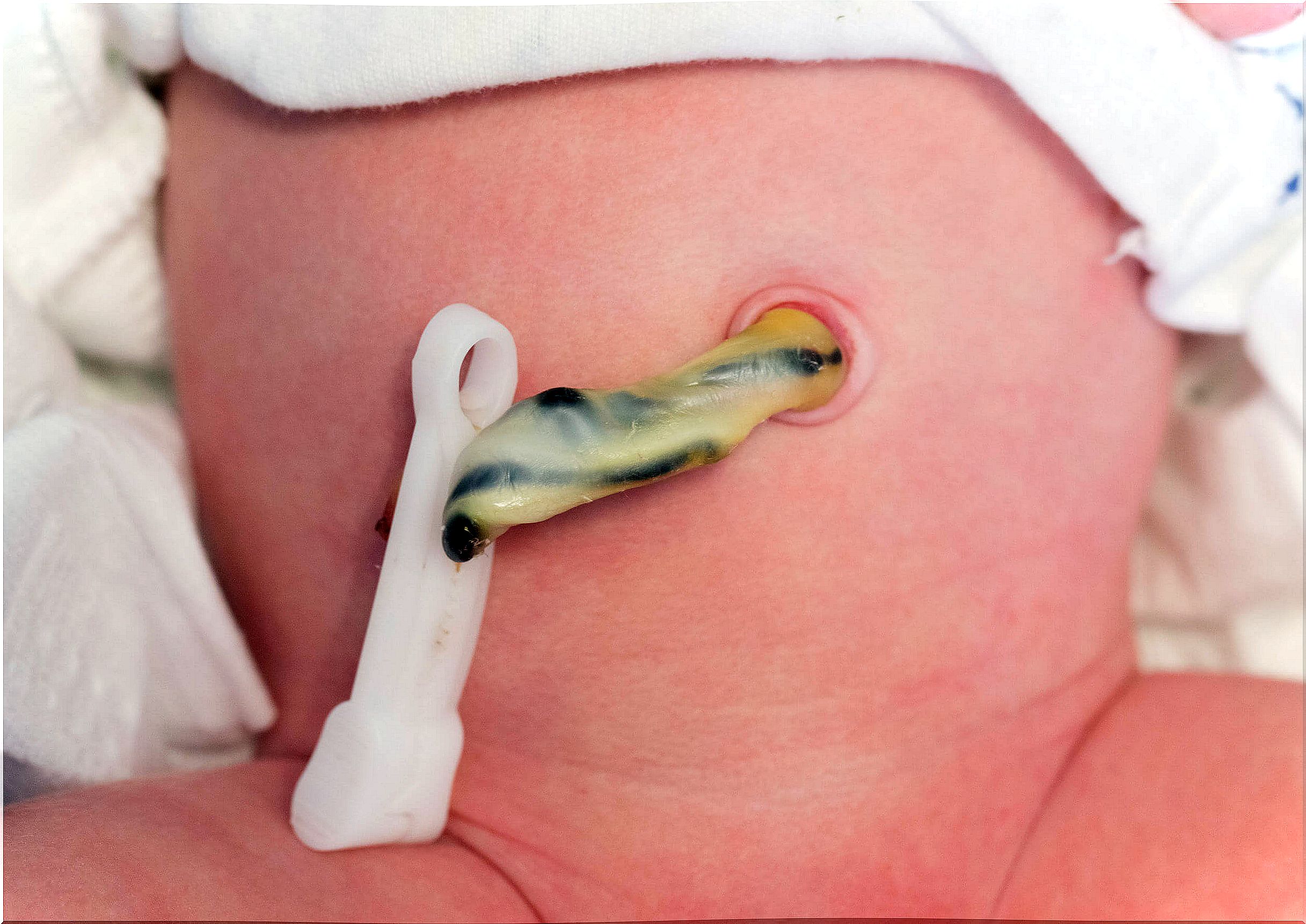
The infected umbilical cord is one of the fears of parents during the first days of a baby’s life. It is also known as omphalitis and, if it does not receive early diagnosis and timely treatment, medical complications could put patients’ lives at risk.
If you want to know a little more information about it, we have prepared the following article to answer the most frequent questions of our readers. We will talk about basic aspects of this condition, including its prevention, treatment and early detection.
What’s the use of the umbilical cord?
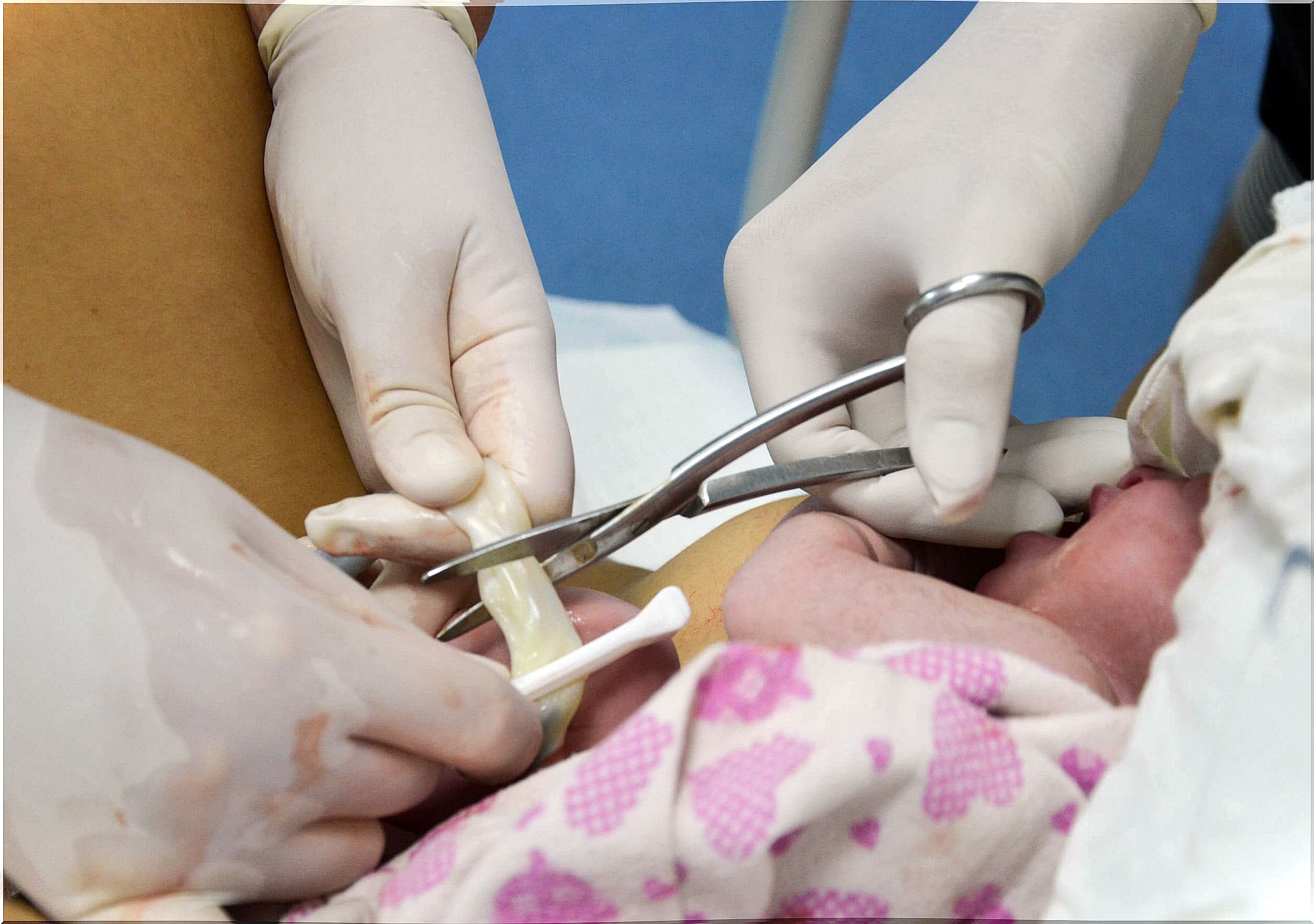
Although the communication that exists between the mother and a developing fetus is evident, it is important to analyze in depth how this connection works and what it is that allows the free passage of substances from the mother to the future baby.
The placenta is a structure that forms shortly after conception has occurred. Inside it is housed a large number of blood vessels that, through a structure called the umbilical cord , reaches the embryo or fetus to provide it with all the necessary nutrients.
Once the birth has taken place, the cord stops fulfilling its function and falls off spontaneously after a few days. During that time it loses its vascular supply, so the absence of nutrients prevents it from continuing to develop.
What is an infected umbilical cord?
As its name indicates, omphalitis is characterized by the presence of a large number of pathogenic microorganisms that promote multiple inflammatory reactions in the area. The immune system of a newborn is not sufficiently developed to cope with this situation, so in many cases it can cause medical complications.
From a clinical point of view, the infected umbilical cord appears enlarged (swollen), reddened relative to the surrounding skin, and with a local increase in temperature. Fever is also common, and due to pain, the baby may also cry when pressing on the area.
What are the consequences of an infected umbilical cord?
Imagine for a moment the consequences that a urinary or gastrointestinal infection usually brings in an adult. Many of these patients may require hospitalization for several days for intravenous treatment. Can you imagine what would happen to a newborn?
As we mentioned in the previous section, the incidence of medical complications derived from an infection is very high. This is the main reason why most newborns require hospitalization in a neonatal intensive care unit (NICU) in case of fever or signs that suggest infection.
Sepsis is one of these consequences. This is an exaggerated response of the body to a systemic infection, which can happen if pathogens spread from the umbilical cord to other parts of the baby’s body. Unfortunately, when this happens, mortality can be high.
Do you have treatment?
Yes. Babies with an infected umbilical cord are usually hospitalized immediately for treatment. This usually consists of intravenous antibiotics and proper hydration. The rest of the drugs or procedures that are carried out will depend, to a large extent, on the degree of deterioration of other vital systems, such as the cardiovascular system.
Unfortunately, there is no specific time that this hospitalization may require, since it depends on the health of each baby. It can last from a few days to several weeks, especially when serious complications appear.
How to prevent an infected umbilical cord?
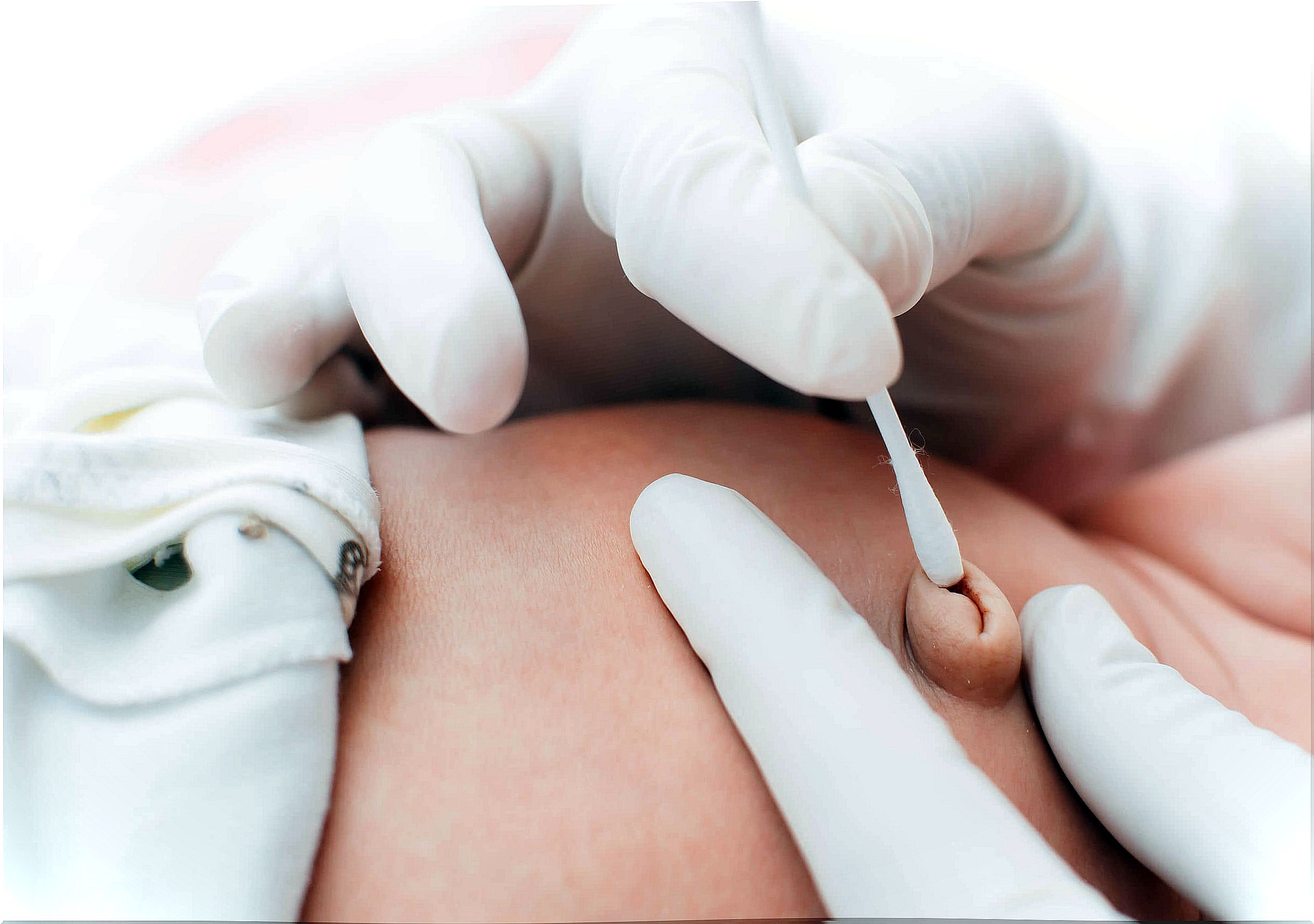
It is very likely that after birth the midwife or obstetrician will guide you on the basic care of the umbilical cord stump. It must be cleaned constantly precisely to avoid infections and, although there is a bit of controversy about it, in general antiseptic solutions are recommended.
According to a publication from the Pontifical Catholic University of Chile, the use of 70 ° alcohol to clean the less visible areas between the cord and the baby’s abdomen is the most recommended. Before doing so, remember to wash your hands well with soap and water and make sure to use a clean cotton pad or sterile gauze.
Better safe than sorry
The most important thing is to follow the basic measures to prevent an infected umbilical cord. If despite this the aforementioned symptoms begin to appear, you should go as soon as possible to an emergency service that has care for newborns. Leave the rest of the work to the specialists!
